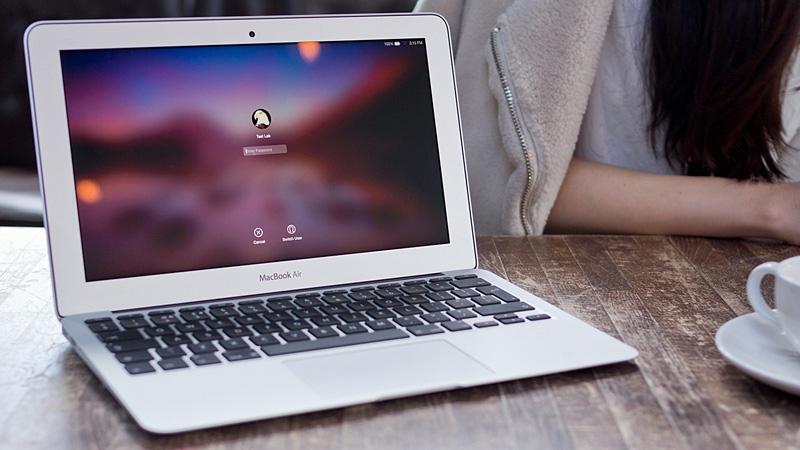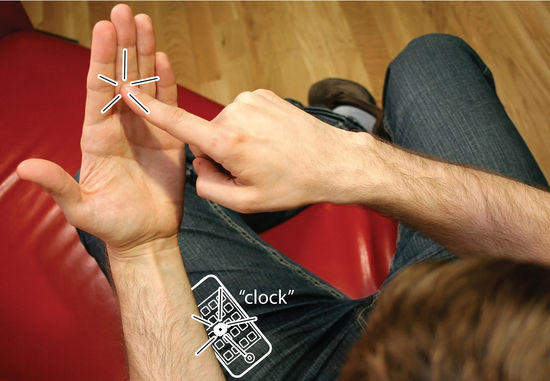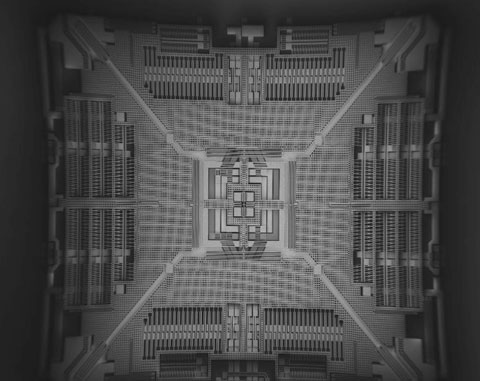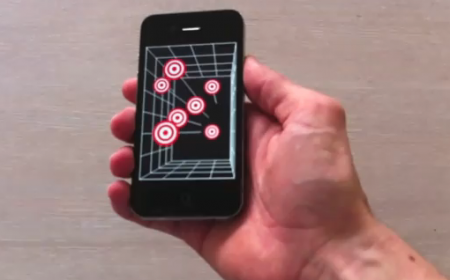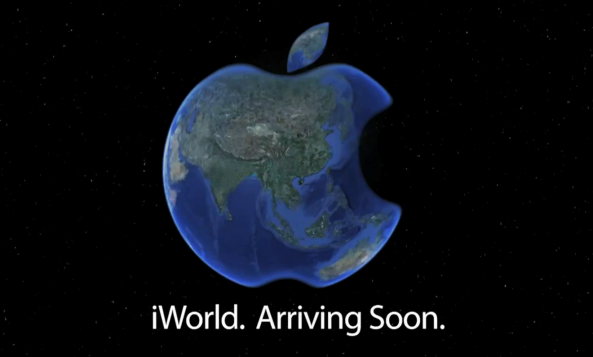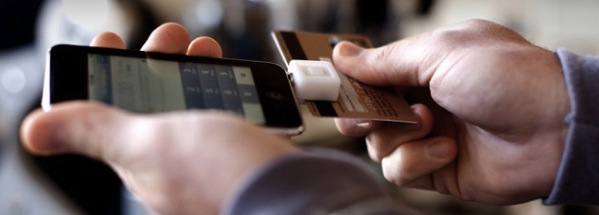Going into Apple’s “Hello Again” keynote on Thursday, speculation was rife with regard to how many new machines and product lines Apple would lift the veil on. The MacBook Pro seemed the safest bet, rightly so as it would turn out, but talk of a MacBook Air refresh or MacBook larger than 12-inch persisted until the very moment Tim Cook took the stage.
Fast forward the 80-minute short event and some of the MacBook Air hopeful watching, especially those on older machines clamouring for an overdue upgrade, will have found themselves slumped down in frustration on their sofa. Phil Schiller had just performed the precarious (and telling) balancing act of dismantling the MacBook Air’s right to exist live on stage, but bizarrely enough not without praising its virtues at the same time and throwing a lifeline to its large user base.
Irrespective of the kind words spoken and regardless of the promise to keep around the model Apple once used to proudly parade with the aid of an envelope, what really mattered was what Schiller didn’t directly say: the future of the MacBook Air looks bleak. Could there be a reason to buy one now anyway?
